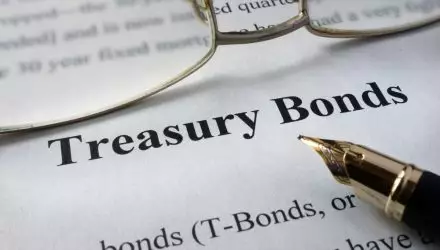Mohit Gang: I will go with the Aditya Birla U.S. Treasury Fund first. It is a very, very unique idea. It is especially meant for very sophisticated, savvy clientele who understand not just the debt market, not just the bonds and the yields, but also the U.S. bond markets and have been studying them, and have been watching the U.S. Treasury yield. So, it is not for everyone.
First and foremost, it is for a very, very particular segment, which wants a fixed income allocation in the highest possible safety asset available globally and why I say that is, because the underlying holdings of the fund will be U.S. Treasury investments, U.S. Treasury bonds. And U.S. Treasury, as all of us know is considered the safest instrument globally, being rated AAA globally. They got downgraded by a couple of agencies of late and are now AA+ but still, U.S. has never defaulted on its bonds. So, if you want one safest parking instrument for your money, I think that is there.
But the whole idea out here is to play in three parts. One is, obviously the static yield of the bond. The U.S. Treasury is at its highest level since 2007. Ten-year Treasury yields are at around 4.8%, 4.83%, and at their highest that we have seen in the last 15 years or 17 years may be.
Second, your static yield is fairly high on the three to 10-year portfolio, which Aditya Birla is quoting right now somewhere in the range of around the same range—4.8% to 4.4%. The second is the game of capital appreciation. Now, all of us are anticipating that the rate cuts will start happening fairly soon. Whether it happens this financial year in the U.S. or it spills over to the next, but in next three years, the rate cycle will reverse full swing. And, there are early signs of where the Fed is going little dovish in its commentary of late and perhaps maybe one more rate hike but if not. Then yes, you can anticipate a rate reduction cycle happening from next year, which will mean a whole lot of capital appreciation.
A 100 bps reduction on a 10-year Treasury paper with a modified duration of around six years could be almost like a six-to-seven-year kind of capital appreciation on the portfolio, over and above the YTM (yield-to-maturity). So that is the second play, which is the capital appreciation over the course of the next three years.
And the last play is, the currency play. Historically, for the last 20-25 years, the INR has depreciated almost 3% to 3.5% year-on-year against the U.S. currency. If that continues to happen for the next three to five years, you can very well add that additional 3% to 3.5%, over and above the returns, which you will make from the YTM and the capital appreciation.
So put it all together, yes, it looks fairly attractive. Yet, it is a fixed income allocation for very savvy clientele and highly sophisticated clients. But the risks are also threefold—if the rate cycle doesn't reverse, if the yields go up further, if the US dollar doesn't appreciate that much. I think those risks have to be accounted for. So, the risks are equally high on this.

